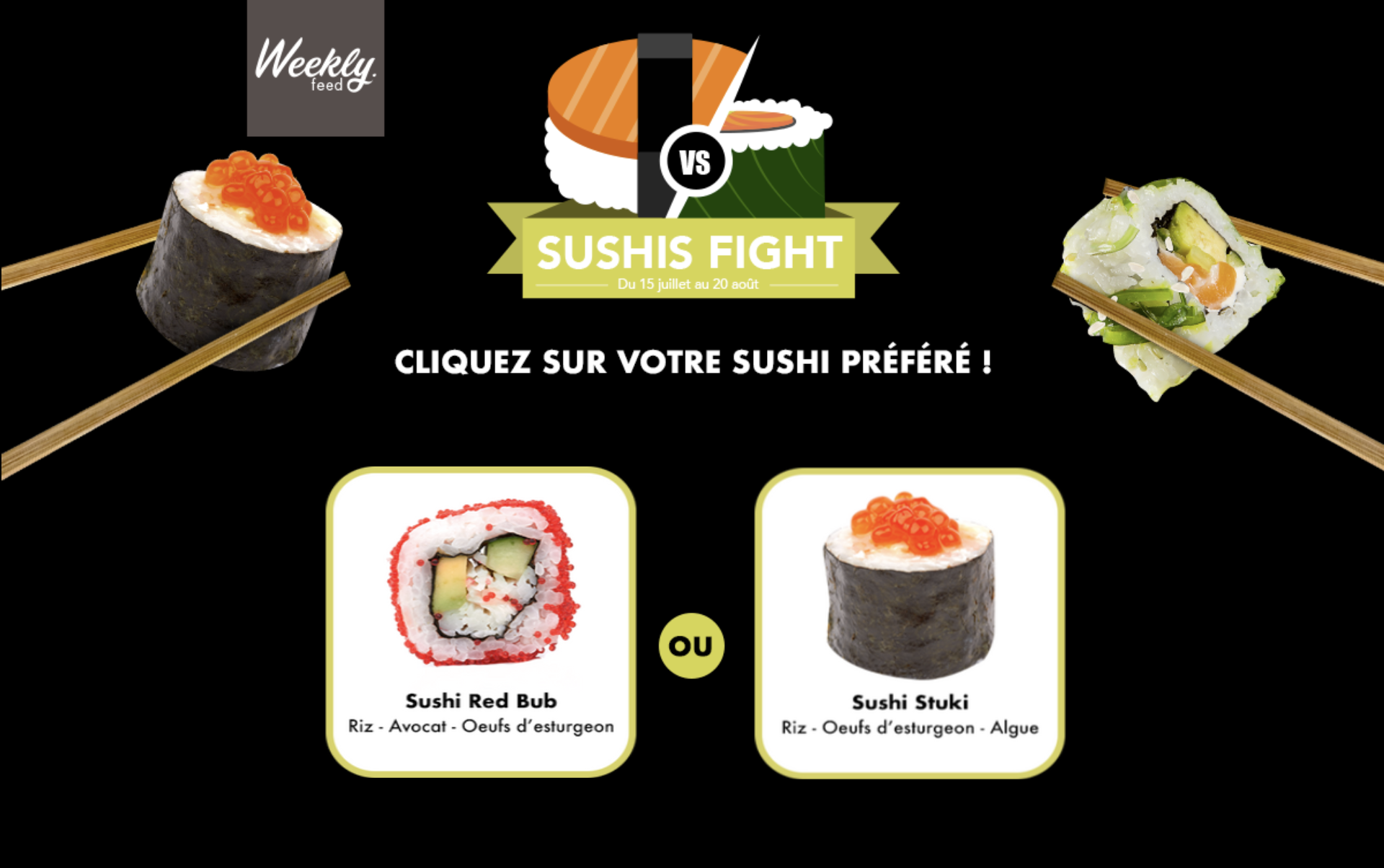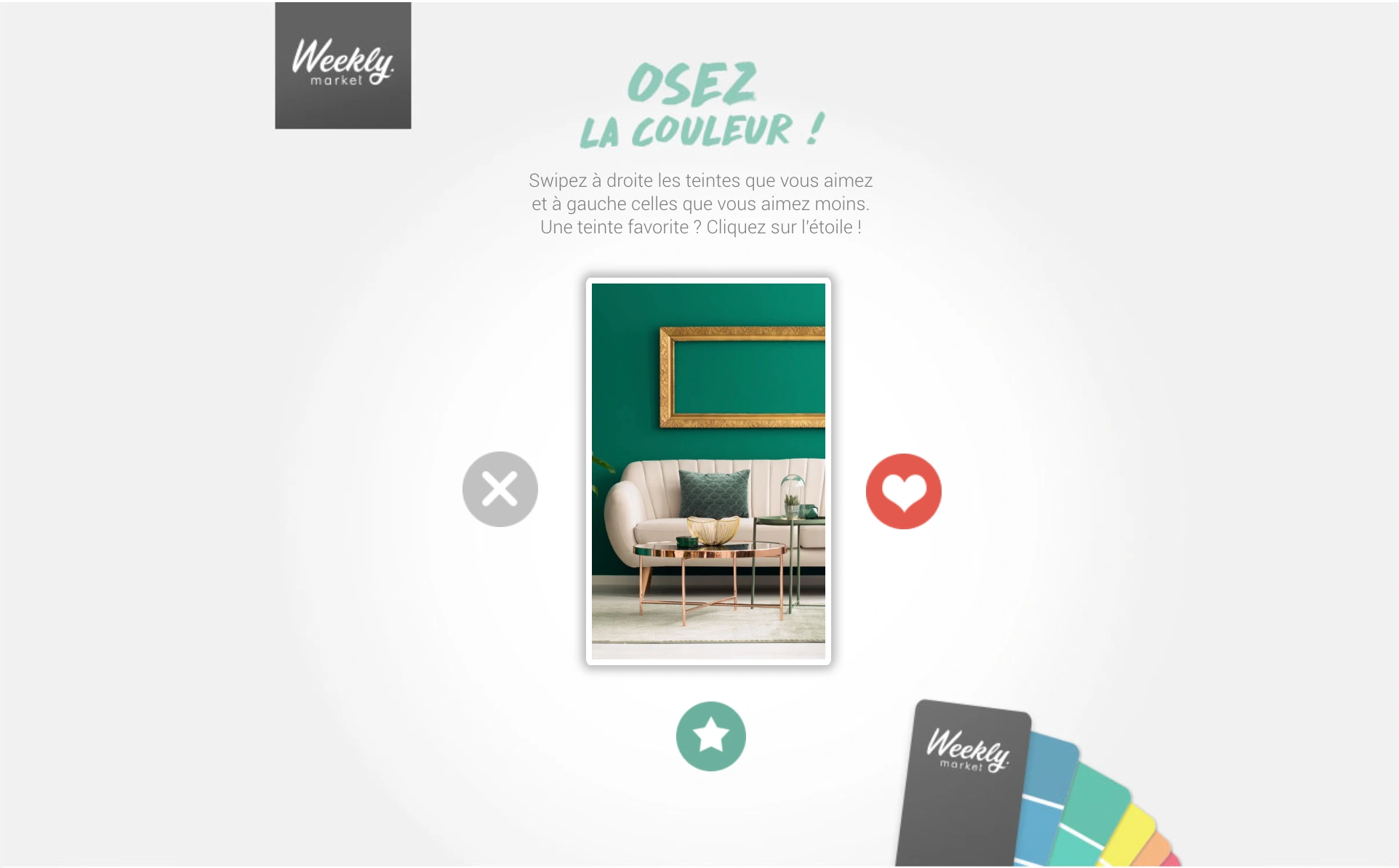With the depreciation of data and the end of third-party cookies, companies are constantly looking for new ways to collect customer opinion and feedback. Surveys have always been a very practical way of gathering data about your target audience. But its gamified format, the interactive survey, is proving even more effective.
In fact, 89% of consumers say that when a task is gamified, they are more motivated to complete it because of its competitive and playful nature.
In this article, we present the advantages of interactive surveys to better understand the expectations of your audience. We’ll also look at how to use gamification to boost engagement, obtain relevant responses and optimise your campaigns.
What is a survey?
A poll is a survey in which data is collected from a specific group of people. The aim is to acquire more in-depth knowledge about the various questions you ask yourself about your marketing target: what are its consumer habits, its budget, its preferred purchasing channel, and so on.
Why use surveys to improve your marketing campaigns?
The different types of survey
Just as there are several reasons to share a survey with your audience, there are also different survey formats :
- Market research surveys These are used upstream of a project to gauge the needs and aspirations of the target audience. It is aimed at companies wishing to launch themselves with a new audience. It can also help them find out how they are positioned in relation to their competitors, or whether there is a demand for a new product.
- Satisfaction surveys (or NPS – for Net Promoter Score). This type of survey is used to assess whether customers are satisfied with the company’s experience or offering. In practical terms, it involves indicating, on a scale of 1 to 10, how likely it is that the consumer will recommend the brand to friends and family.
- Awareness surveys : They involve asking shoppers about their knowledge of the brand. This is a good way of measuring the success of an advertising campaign, for example, or identifying unexpected associations that consumers may make with the company.
Why opt for interactive surveys?
The simple act of asking someone for their opinion is already an effective way of capturing their attention and increasing their commitment. However, responding to a survey can also be a tedious task, especially if the format is not adapted to the audience.
As we have already discussed in other articles, the trend is towards interactive marketing. Users are looking for entertaining formats that introduce game mechanisms to make content more engaging.
Gamification will motivate more people to take part in a survey, which is why it’s a good idea to opt for interactive surveys.
Those surveys can serve several purposes:
- Increase the number of participants and the survey completion rate. The main reason why users rarely complete a survey is that when the format is not interactive or is too long, it loses interest. Incorporating a game element makes the survey more engaging and attractive. This will encourage participants to complete it in order to obtain the reward that has been promised.
- Obtain better quality data. The aim is not only to increase the response rate, but also to improve the quality of the data collected. If the survey is entertaining, participants will be more likely to give honest answers. This is particularly important if the survey includes more in-depth questions.
- Increase brand awareness and customer loyalty. By creating fun surveys, participants will associate the brand with this enjoyable experience. They will be more likely to click, comment or even visit the brand’s website afterwards.
How do you gamify your interactive surveys?
Several interactive survey formats are available to make their feedback forms engaging. Companies can :
1. Turning a survey into a battle

2. Replace the yes/no format with a swiper

Rather than sharing a survey with closed ‘Yes or No’ questions, brands can make the experience more interactive by opting for the swiper. This format is reminiscent of dating applications. Participants drag an image to the right if they like or agree, and to the left if they don’t.
3. Transforming an awareness survey into an interactive quiz
Instead of sending out a long form to test your audience’s knowledge, Trivia is an interactive alternative. This survey format makes it possible to engage participants, who can test their knowledge and even compare their results with other players.
4. Motivating participants with a personality test
Personality tests are another very popular format for interactive surveys. It allows companies to learn more about their customers and enrich their CRM. But it’s also a way of encouraging participants to complete the survey, since the reward is learning more about their personality. For Valentine’s Day, the personality test can reveal the user’s profile and make personalised recommendations.









